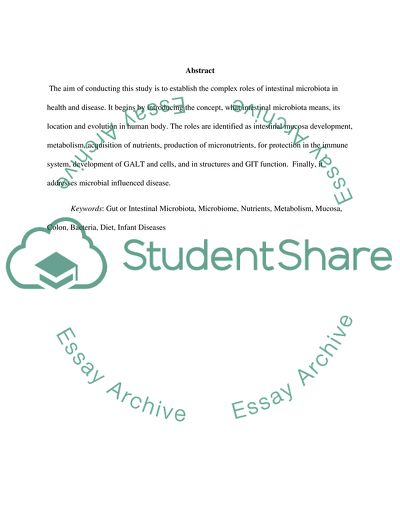Cite this document
(The Role of the Intestinal Microbiota in Health and Disease Coursework, n.d.)
The Role of the Intestinal Microbiota in Health and Disease Coursework. https://studentshare.org/health-sciences-medicine/1858491-the-role-of-the-intestinal-microbiota-in-health-and-disease
The Role of the Intestinal Microbiota in Health and Disease Coursework. https://studentshare.org/health-sciences-medicine/1858491-the-role-of-the-intestinal-microbiota-in-health-and-disease
(The Role of the Intestinal Microbiota in Health and Disease Coursework)
The Role of the Intestinal Microbiota in Health and Disease Coursework. https://studentshare.org/health-sciences-medicine/1858491-the-role-of-the-intestinal-microbiota-in-health-and-disease.
The Role of the Intestinal Microbiota in Health and Disease Coursework. https://studentshare.org/health-sciences-medicine/1858491-the-role-of-the-intestinal-microbiota-in-health-and-disease.
“The Role of the Intestinal Microbiota in Health and Disease Coursework”. https://studentshare.org/health-sciences-medicine/1858491-the-role-of-the-intestinal-microbiota-in-health-and-disease.


